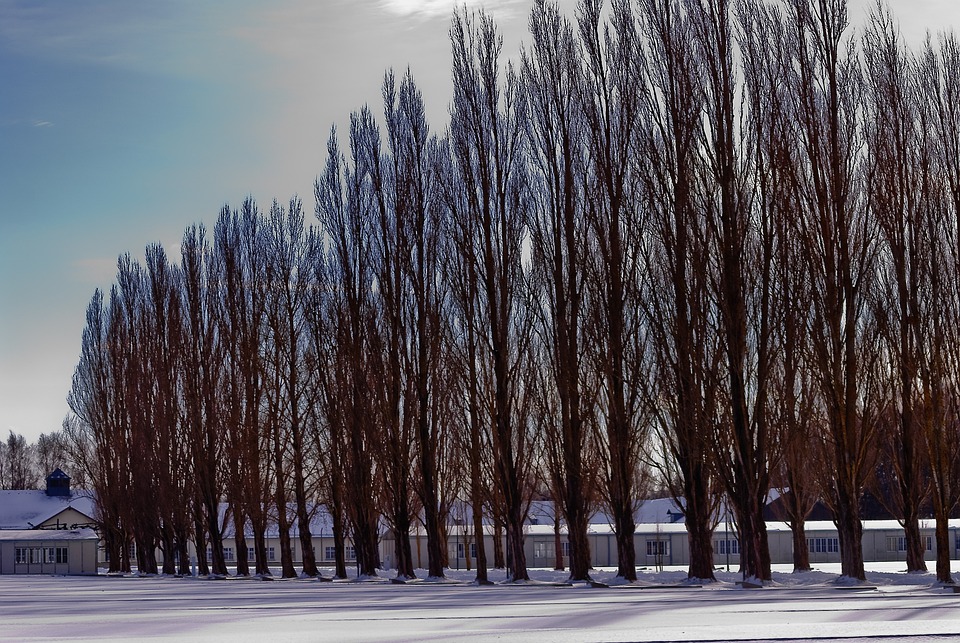Table of Contents
Introduction
Winter camping can be an exhilarating and unique experience, allowing you to venture into a whole new world of natural wonders. With proper preparation, equipment, and knowledge, you can enjoy a thrilling adventure while surrounded by stunning winter landscapes. This ultimate guide will provide you with everything you need to know to embark on a successful cold weather camping trip.
Choosing the Right Gear
The key to a successful winter camping trip is having the appropriate gear. Ensure you have a high-quality four-season tent that is designed to withstand harsh weather conditions. Invest in a warm and durable sleeping bag, preferably with a temperature rating suitable for freezing temperatures. Additionally, packing multiple layers of insulating clothing, waterproof outerwear, and sturdy footwear is essential to stay warm and dry in snowy environments.
Planning and Preparation
Prior to your winter camping trip, conduct thorough research on the location you intend to visit. Identify potential hazards such as avalanches or severe weather patterns. Inform someone about your itinerary and expected return date. It is crucial to pack extra food, water, and emergency supplies in case unexpected situations arise. Familiarize yourself with basic winter survival skills, such as building a snow shelter or starting a fire in challenging conditions.
Setting Up Camp
Choose a campsite that offers protection from strong winds and potential hazards. Clear the snow to create a level area for your tent and use snow anchors or stakes to secure it. Insulate the ground beneath the tent with a suitable layer, such as foam mats or a closed-cell foam pad, to prevent heat loss. Use a snow shovel to dig snow around your tent, creating an additional barrier against cold drafts.
Staying Warm and Comfortable
Layering your clothing is important to maintain your body heat. Start with a moisture-wicking base layer, followed by insulating layers and a waterproof outer shell. Avoid cotton clothing, as it retains moisture and can lead to hypothermia. Keep your extremities warm by wearing insulated gloves, thermal socks, and a hat. A hot water bottle placed in your sleeping bag can provide additional warmth during the night.
Activities and Safety
Winter camping offers a variety of outdoor activities to enjoy. From snowshoeing and cross-country skiing to ice fishing and wildlife spotting, engage in activities that make the most of the winter landscape. However, ensure you adhere to safety precautions and avoid venturing into unknown or hazardous areas. Carry communication devices such as a charged cell phone or a satellite messenger for emergencies.
Leave No Trace Principles
While enjoying the beauty of winter, it is essential to minimize your impact on the environment. Follow the Leave No Trace principles by practicing proper waste disposal, avoiding damage to vegetation and wildlife, and respecting wildlife habitats. Take all of your trash with you and leave the campsite as pristine as you found it, allowing others to enjoy the same experience.
FAQs
Q: Is winter camping safe?
A: Winter camping can be safe if you are well-prepared, properly equipped, and informed about potential hazards. It is essential to assess the weather conditions and choose your camping location wisely.
Q: What is the best type of tent for winter camping?
A: A four-season tent, specifically designed to handle the challenges of cold weather and heavy snowfall, is the best option for winter camping. It offers superior insulation, durability, and stability in high winds.
Q: How can I stay warm during the night?
A: Layer your clothing appropriately, including using a quality sleeping bag suitable for freezing temperatures. Use insulating pads to prevent heat loss from the ground, and consider using a hot water bottle to keep warm in your sleeping bag.
Q: Can I have a campfire during winter camping?
A: Campfires can provide warmth and ambiance during winter camping, but it is crucial to follow local regulations and ensure you have easy access to firewood. Remember to extinguish the fire completely before leaving the campsite.
Q: How do I protect myself from avalanches?
A: Inform yourself about avalanche risks in the area and avoid camping or traveling in avalanche-prone zones. Carry appropriate avalanche safety gear, such as a beacon, shovel, and probe, and consider taking avalanche safety courses to enhance your knowledge and skills.





